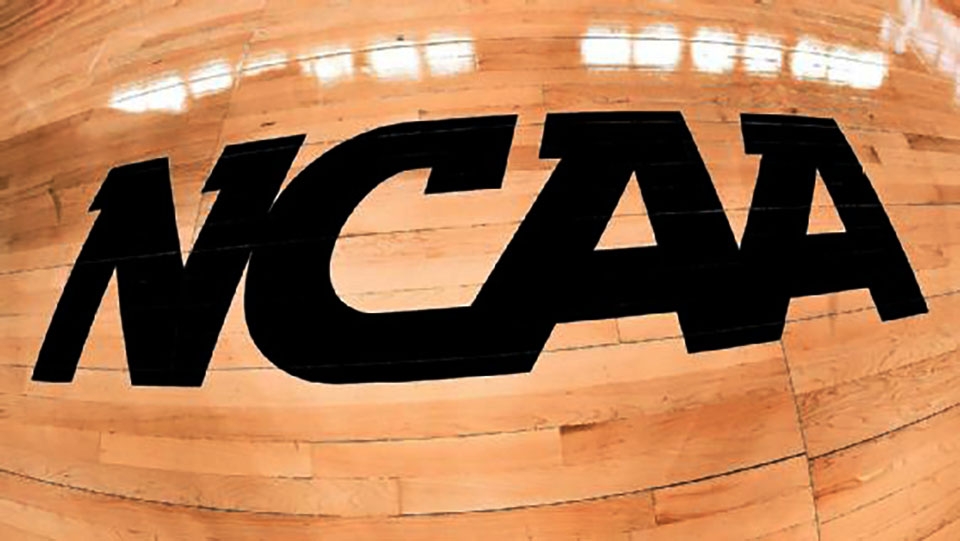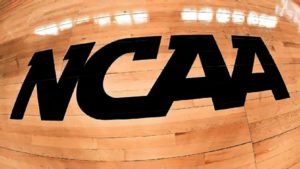

Adam Lindner | Sports Editor
09/14/2017
A 19-person group comprised of NCAA commissioners, athletic directors, coaches and student-athletes, donned the Division I Transfer Working Group, are working to “bring a fresh approach… [and] create uniformity within the transfer process [of Division I athletics],” per Andrew Slater of 247Sports.
On Sept. 5, Slater reported that NCAA members may vote to allow all Division I transfers to be eligible to play immediately, discontinuing the current customary policy that requires transferring student-athletes to sit out one full year.
Any additional transfers beyond a student-athlete’s initial move would then warrant the subject to sit out one year.
Under the new proposal that the working group has concocted, in order to transfer and play immediately, a student-athlete would need to meet a certain academic standard, which would include a minimum GPA, among other academic requirements.
According to Slater, a source confirmed that the idea has now been referred to a committee focused on academics that will explore the proper standard that a respective student-athlete must meet in order to transfer with immediate eligibility. Among topics of discussion will be which metrics best indicate a potential transfer’s ability to transition academically at a new institution.
Of similar intrigue is the group’s intention to ask the NCAA to give student-athlete the “permission to contact” other institutions without the permission of their current school. This would effectively eliminate the rule that causes a transferring student-athlete who contacts another institution without first receiving permission from his or her current program to forgo financial aid during their first year at a new school, providing the student-athlete with complete autonomy over their decision-making process when transferring.
A recent well-documented example of a program attempting to steer a transferring player away from a certain school came this past spring, when Pitt junior Cam Johnson, who graduated in three years, was initially denied the right to speak with select schools — including fellow ACC school North Carolina, where Johnson eventually ended up — once he announced his intent to transfer. After a painful public power struggle, Pitt head men’s basketball coach Kevin Stallings ultimately relented, granting Johnson the right to transfer to wherever he chose unscathed.
Slater reported that the group has until Nov. 1 to finalize its proposals and present them to the NCAA. New policies could face a vote in April and, if passed, would go into effect as early as the 2018-19 school year.
The working group now seeks feedback from other NCAA membership ahead of the finalization of their proposals, saying that they “look forward to hearing back from the membership — athletics administrators, coaches, presidents, faculty and conference commissioners.”
While the potential policy change in a transfer’s eligibility has garnered the most attention as of late, it’s doubtful that that specific rule will be enacted any time soon.
“It’s not going to be voted on in the 2017-18 legislative cycle,” said Michelle Hosick, the NCAA’s associate director of public and media relations, in a quote obtained from ESPN.com.
As a whole, the proposals have been met with a pessimistic public response, as skeptics largely conclude that such policies would increase cheating and augment the rampant player movement that already captivates the landscapes of certain collegiate sports; namely, men’s basketball and football.
While player movement would inevitably increase, the proposals that the working group intend to present to the NCAA include increased penalties for tampering with student-athletes at other institutions, which may somewhat ease the minds of those wary of increased cheating.
While most consumers will oppose many of the proposed policy alterations that have been announced, most of the rule changes would provide the student-athlete with more rights and autonomy.
One of the NCAA’s numerous paradoxes include requiring a student-athlete to sit out for a year of competition, while an athletics administrator or coach are free to join a new institution immediately.
Although the working group is attempting to improve the condition of the student-athlete, low- and mid-major coaches are a primary people group that these changes would devastate. While smaller programs may be rewarded with landing an under-recruited player who blossoms into a gem, many unheralded recruits-turned-mid-major stars have recently gone on to transfer to larger programs.
Instead of wholeheartedly working to develop their programs into mid-major powerhouses, coaches at smaller institutions must now focus on slowing a trend that sees the very talent that they already possess bolting for more glamorous personal opportunities.
Duquesne head men’s basketball coach Keith Dambrot, who coached at MAC member Akron for 13 seasons before departing for the Bluff this March, said on Wednesday that “it really is a perplexing issue, because in most sports outside of football and basketball, players can transfer and be immediately eligible. That’s what makes it difficult,” Dambrot said.
“I do think if [the proposal was passed, enabling student-athletes] to transfer without sitting out, it would become the wild, wild west with player movement. The transfer rate in college basketball has already [become] an epidemic,” Dambrot stated.
“If the rules were changed, I think you’d see mid-major schools — the ones who spend a lot of time and effort in developing players — basically being poached, for a lack of a better word, by Power 5 programs.”
Dambrot’s concerns are an epitome of what many low- and mid-major coaches have voiced recently.
Just as recently as this past spring, Duquesne saw budding star forward Isiaha Mike transfer away from Duquesne for SMU. Mike is sitting this year out due to the NCAA’s current transfer policy.
Although Mike’s departure did come on the heels of former coach Jim Ferry’s dismissal, Mike is yet another example of an unheralded recruit enjoying a standout year at a smaller institution and then departing for a more celebrated program.
Considering sophomore guard Mike Lewis II’s outstanding play last year, Lewis, too, might be at another institution now had this proposed transfer policy already been instituted in time for Lewis to be able to play immediately at a new school.
For one, Keith Dambrot is certainly happy Lewis is still here. At least — for the time being.




